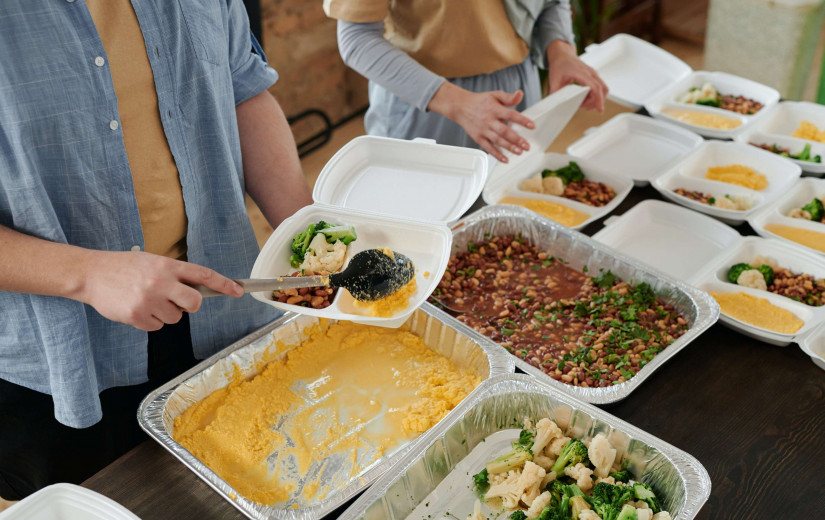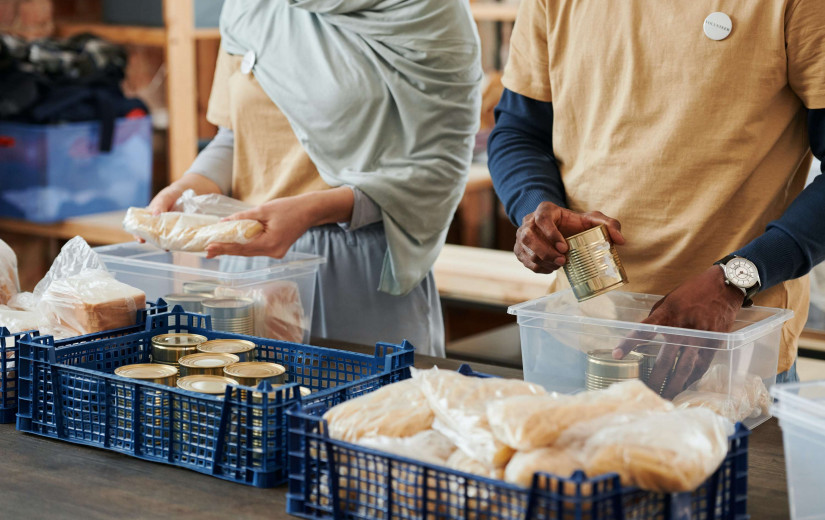Surprising Facts about the US Government's Food Stamp Support Programs
The US government offers various programs to support needy citizens, including Food Stamp support. It introduced the program to curb the increasing rates of poverty and hunger in the nation. It has played a critical role in solving the food problem puzzle during the Covid-19 pandemic. Despite its wide reach, there are many surprising details about the program that many people don't know:
1. Over 40 Million Americans Depend on the Food Stamp Program
SNAP provides an essential service for Americans struggling with poverty and hunger. The program has been a lifeline for over 40 million people who depend on it each month, with most households having an income of less than $25,000 a year. Unlike other feeding programs, SNAP provides families a monetary benefit to use at supermarkets and other grocery stores, giving them more freedom to choose what they buy.
2. The US Government Spends Billions Annually on SNAP
The US government spends about $71 billion on SNAP annually. The money caters to direct benefits to states, which offer additional support services such as job training and childcare assistance. Also, it provides nutrition education programs that help recipients make healthier choices when buying groceries. Such initiatives help alleviate obesity issues and improve overall health.
3. Most Households that Receive SNAP Have Children
The majority of households receiving SNAP benefits have children under the age of 18. It's mainly due to children being more vulnerable to hunger, and SNAP helps them access food and nutrition. Also, it helps reduce the number of families relying on food pantries and other emergency sources. For this reason, it has boosted education because children can concentrate on their studies without worrying about food.
4. There Are Eligibility Requirements for SNAP
The notion that SNAP is a government initiative has made some people think that everyone is eligible. However, that's not true, as there are several eligibility requirements to become a recipient. Individuals must have a low-income, be US citizens or legal immigrants, and meet the other criteria set by the facilitators.
Besides, they must provide documents that prove their identity and eligibility. Public understanding of the issue has helped to reduce food insecurity in America through assistance programs like SNAP enabling people to obtain nutritional and healthy meals. Through this effort, the government has been successful in helping those who are most vulnerable.
5. SNAP Helps Reduce Food Insecurity in the US
Food insecurity is a major issue facing Americans today, as many struggle to access quality and nutritious meals. The government launched SNAP to help needy cases unable to afford the high cost of food, aiming to reduce hunger in the US. Although the program does not guarantee a full meal for every family, it has significantly improved food access in vulnerable households. More people can access quality meals, enabling them to stay healthy and productive.
6. SNAP Offers Nutrition Education Programs
As part of its services, SNAP also offers nutrition education resources to help recipients make healthier choices. The program provides educational materials and seminars that teach the importance of healthy eating. It also informs them how to shop for food on a budget while ensuring they get nutritious meals. Through these initiatives, the government strives to counter obesity and other health issues while guaranteeing that individuals experiencing economic hardship receive assistance.
7. SNAP is Not Just for Low-Income Families
Although SNAP initially concentrated on low-income families, it has expanded to include vulnerable populations such as the elderly and disabled. These groups need assistance and benefits that can help them to access quality food. The program also provides additional services to these beneficiaries, such as job training and childcare assistance. With the help of SNAP, these vulnerable groups can lead active and productive lives.
8. SNAP is a Cost-Effective Program
The government only spends $1.54 for every meal served through the program, which is much lower than what it costs to provide meals at food pantries or soup kitchens. As a result, the government can reach more people with fewer resources, making it an effective way to fight hunger.
9. SNAP Has Seen an Increase in Usage
The number of SNAP applicants has increased due to the economic crisis caused by Covid-19. More families are experiencing financial hardship, and so they have turned to the program for assistance with the cost of food. As a result, the government has had to increase its funding for the program to meet the increasing demand for these benefits as the need continues to grow.
Everyone should know about the above key facts concerning SNAP, as it is a critical component of every American's livelihood. With improved awareness of the program and its benefits, more people can access these resources and use them to make healthier life choices. Therefore, it's a successful initiative that the government should continue supporting to improve the lives of many individuals.

















